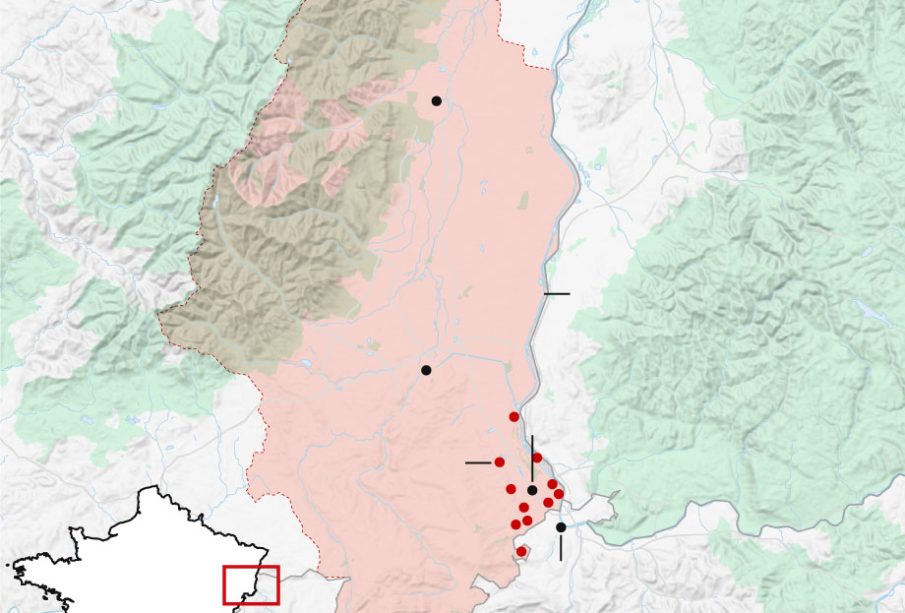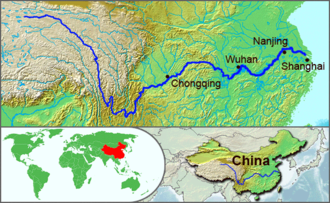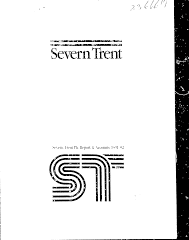Understanding the Quality of French Tap Water

Introduction
French tap water has become a topic of interest not only for locals but also for tourists who wonder about the safety and quality of drinking water in France. With a growing trend towards sustainability and environmental consciousness, the demand for information on tap water quality is at an all-time high. Understanding the standards of French tap water can inform personal choices and contribute to health and environmental awareness.
Current Standards and Regulation
In France, tap water is governed by stringent regulations laid out by the European Union. The Agence Nationale de Sécurité Sanitaire de l’Alimentation, de l’Environnement et du Travail (ANSES) oversees the monitoring of water quality, ensuring it meets health standards established by the EU. In essence, tap water must be free of harmful substances, including excessive bacteria and chemical impurities. According to a report from the Ministry of Health, over 98% of the water in urban regions is deemed safe for consumption, showcasing the effectiveness of the monitoring systems in place.
Quality of Tap Water Across Regions
The quality of tap water varies across different regions in France. For instance, major cities like Paris, Lyon, and Marseille have invested significantly in water purification technologies. Parisian tap water is known for its clarity and taste, having been sourced from the Seine and other rivers, and is treated through advanced filtration systems. On the other hand, some rural areas may face occasional challenges with water quality due to agricultural runoff or aging infrastructure.
Public Perceptions and Challenges
Despite the assurances of safety and quality, there is a perception issue regarding tap water in France. Many consumers still prefer bottled water due to taste preferences or concerns about contaminants. The bottled water market continues to thrive, with brands like Evian and Volvic becoming household names. Recent surveys indicate that while most Parisians acknowledge the quality of tap water, only about 40% regularly drink it, showing a disconnect between quality and consumption.
Conclusion
In conclusion, while French tap water is largely safe and meets high-quality standards, public perception remains a major barrier to its widespread consumption. Efforts to educate the public on the benefits of tap water, including its environmental advantages over bottled water, could help bridge this gap. As France continues to focus on sustainability, the emphasis on promoting tap water not only enhances public health but also contributes to reducing plastic waste. It is likely that ongoing initiatives will lead to greater acceptance of tap water in everyday life, reflecting a societal shift towards healthier and more sustainable practices.








